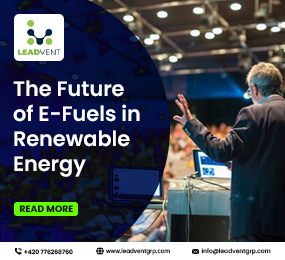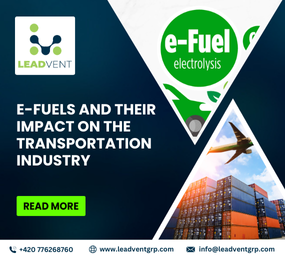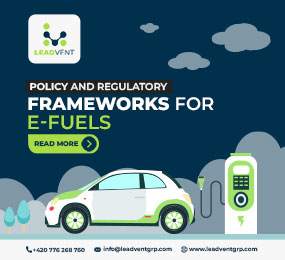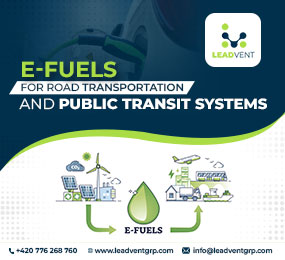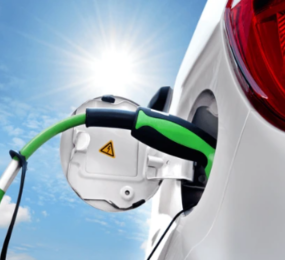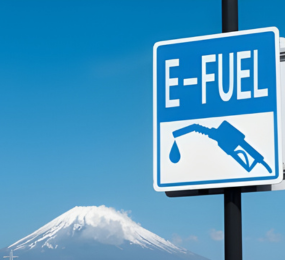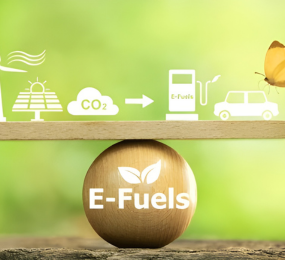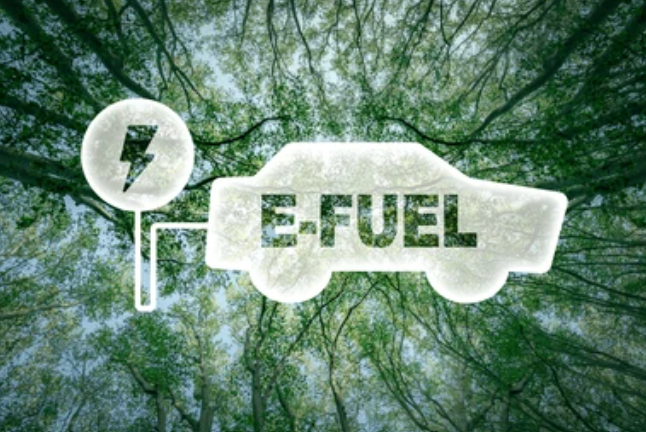E-Fuels: A Cleaner Bridge for Hard-to-Decarbonize Sectors
In the race toward carbon neutrality, much attention has focused on electric vehicles, renewable electricity, and hydrogen. Yet, there remains a wide stretch of industry that can't easily plug into the grid aviation, maritime shipping, and long-haul freight, to name a few. These are sectors where electrification is technically challenging, if not currently unfeasible.
Enter e-fuels synthetic fuels made from renewable electricity, hydrogen, and captured carbon dioxide. Often described as “drop-in” fuels, they can be used in existing internal combustion engines and infrastructure, offering a pathway to immediate emissions reductions without reinventing entire systems.
But what makes e-fuels more than just a short-term fix?
What Sets E-Fuels Apart
E-fuels are not fossil fuels. They're manufactured by combining green hydrogen (produced using renewable energy) with carbon dioxide often captured from industrial processes or directly from the air. This synthesis results in liquid fuels such as e-diesel, e-methanol, or e-kerosene that burn like conventional fuels but have a drastically smaller carbon footprint.
For sectors like aviation or marine freight, where electrifying engines is not yet viable due to weight and range constraints, e-fuels offer a scalable alternative. They also benefit countries and regions that lack the infrastructure to support full-scale electrification but want to act on climate goals now.
Moreover, because they can be transported and stored using today’s fuel logistics, e-fuels offer a realistic transition option without disrupting supply chains or requiring costly overhauls.
Challenges and Forward Momentum
Despite their potential, e-fuels are not without hurdles. Producing them is energy-intensive, and the cost is still significantly higher than conventional fuels. However, as renewable energy becomes more abundant and affordable, and carbon pricing becomes more stringent, the economics are expected to shift in their favor.
Governments and industry players are already investing in pilot plants and commercial-scale production facilities. Initiatives across Europe, the Middle East, and parts of Asia are setting the stage for broader adoption, especially where policy support and innovation ecosystems are strong.
The EU, for instance, is encouraging the use of e-fuels in its Fit for 55 package, particularly in aviation and shipping sectors. Airlines and engine manufacturers are
beginning to test and certify engines compatible with synthetic fuels, paving the way for mainstream use.
Takeaway Point
E-fuels are not a silver bullet, but they are a smart complement to the broader clean energy transition. By offering a low-carbon solution for sectors that cannot yet electrify, e-fuels fill a critical gap in the decarbonization puzzle. Their potential lies not just in replacing fossil fuels, but in bridging the gap between what we can achieve today and the cleaner future we’re building toward.
Learn more on our website: https://www.leadventgrp.com/event/2nd-annual-world-e-fuels-summit/register
For more information and group participation, contact us: [email protected]
Leadvent Group - Industry Leading Events for Business Leaders!
www.leadventgrp.com | [email protected]


